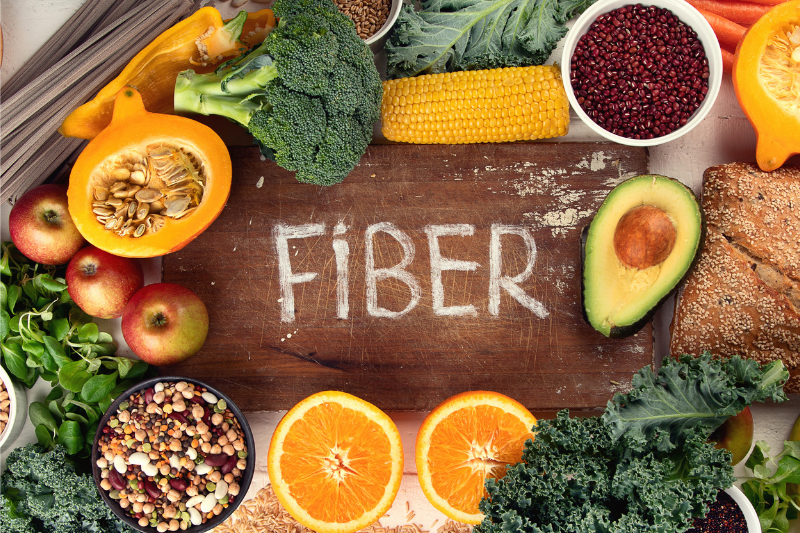When asking about the important components that will keep you healthy, you’ll notice that fiber is always part of the list. Dietary fiber is the edible component of plant foods that affects digestion of food, absorption of nutrients and helps in the movement of wastes inside the body. Believe it or not, this is only some of the many benefits of fiber.
Did you know that there are two main types of fiber? And did you also know that both types of fiber are equally important for your health and digestion? Read on to find out.
Two types of dietary fiber
Soluble Fiber
This type of fiber attracts water and forms into gel which binds with fatty acids to help slow down the food digestion. In return, you’ll feel full longer and helps manage your weight. At the same time, soluble fiber lowers total cholesterol, particularly bad cholesterol to reduce the risk of heart disease. If you are diagnosed with diabetes, soluble fiber can help regulate your blood sugar too.
Oatmeal, apples, oranges, nuts, oat bran, beans, flaxseeds, carrots, celery and cucumber are only some of the many sources of soluble fiber.
Insoluble Fiber
Also known as gut-healthy fiber, insoluble fiber has a laxative effect and adds bulk to your diet to prevent constipation. It doesn’t dissolve in water, which means insoluble fiber passes through the gastrointestinal tract to control and balance the acidity levels of your intestine and speeds up the passage of food and wastes in your body. In other words, this type of fiber keeps your overall digestive process functioning properly.
Good sources of insoluble fiber are whole grains, dark leafy vegetables, root vegetable skins, corn bran, seeds, brown rice, broccoli and tomatoes among many others.
Why taking one type of fiber isn’t enough
The level of fiber intake will depend on your age and gender. According to the National Academy of Sciences, women between 19 to 50 need 25 grams while men have to take 38 grams of fiber. As to the ratio between soluble and insoluble fiber, experts recommend a 25:75 distribution.
The truth is it doesn’t really matter what type of fiber you will take, unless you are eyeing for a specific health benefit. A lot of fiber-rich foods have both soluble and insoluble fiber without compromising its health benefits.
This explains why taking one type of fiber isn’t enough because together, both soluble and insoluble fiber can help regulate bowel movements, control your cholesterol and blood sugar, protect you against colon cancer and prevent diverticulitis. At the same time, most food products won’t tell you how much is the soluble and insoluble fiber on their label.
The point is to consume fiber according to your recommended daily intake. Based on a study conducted by researchers of the University of Leeds’ School of Food Science and Nutrition, greater intake of fiber-rich foods is important for everyone. In fact, their findings were based on total dietary fiber.
Therefore, eating whole foods such as fruits and vegetables, whole grains, beans and whole wheat will ensure you that you are getting both types of fiber in the right amounts.















